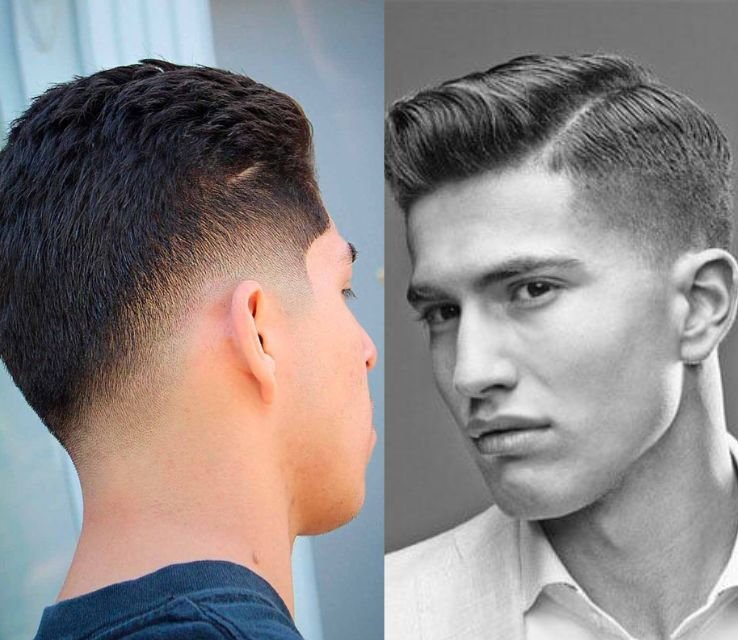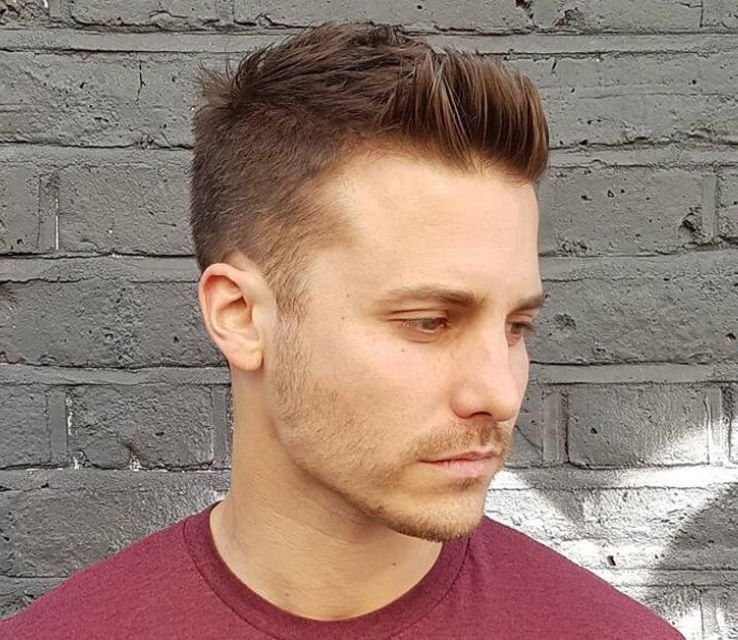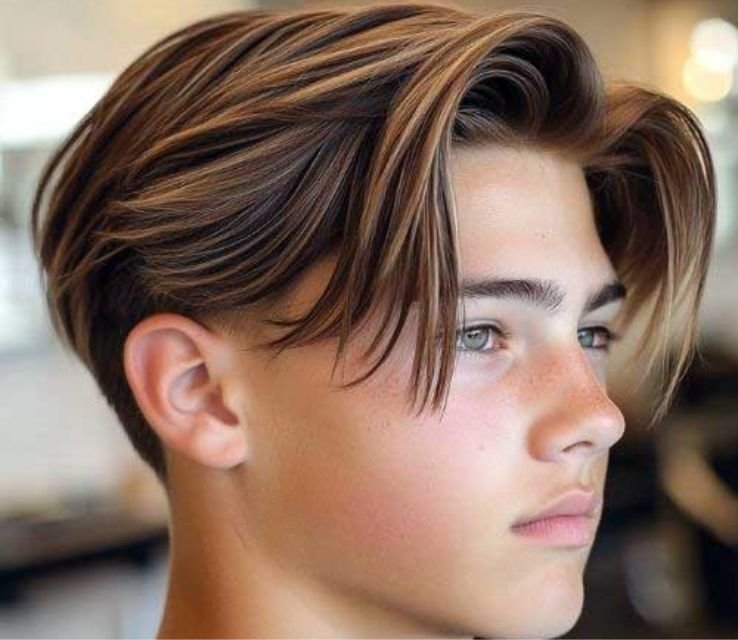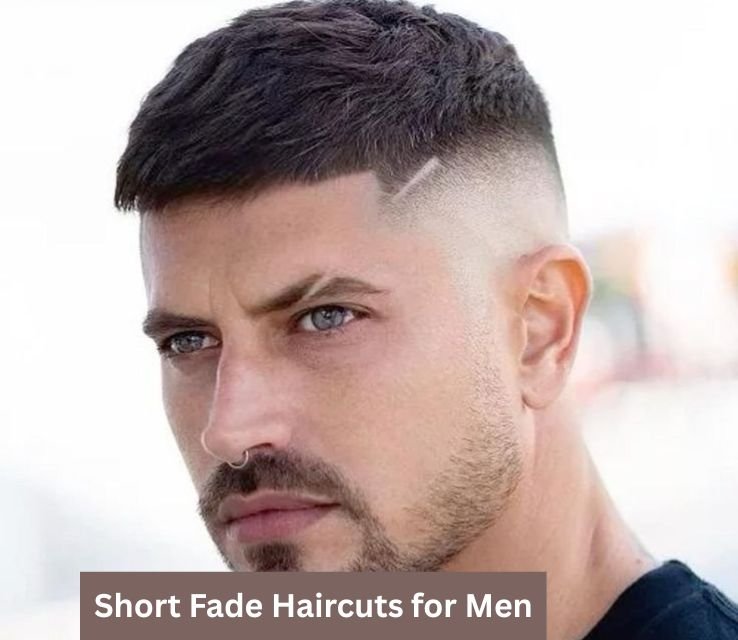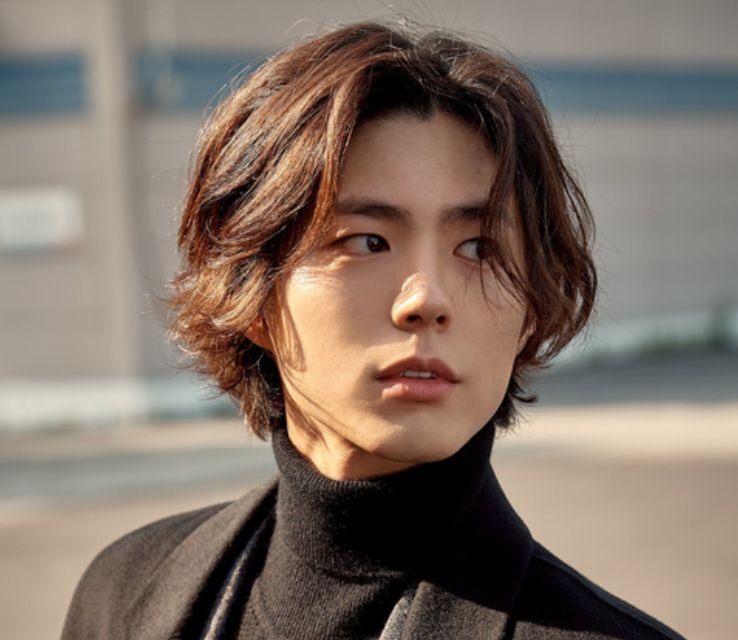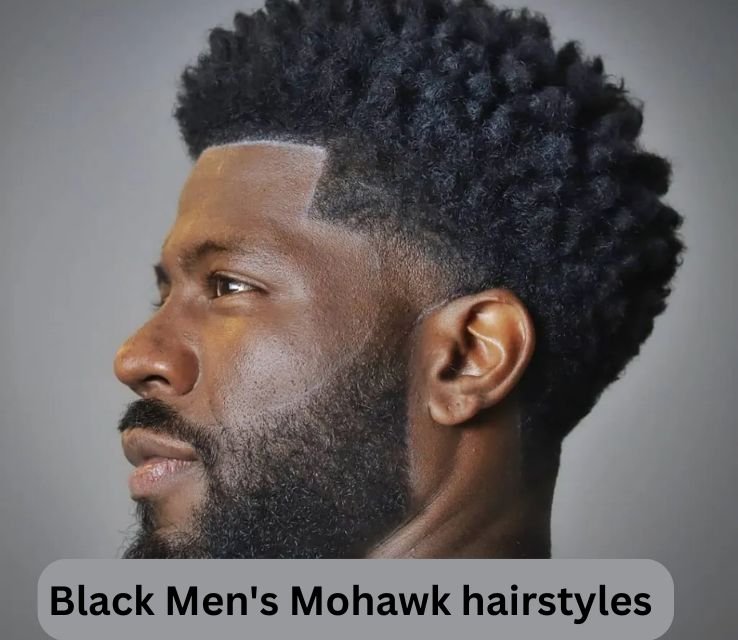Taper vs Fade Haircuts: The Difference Between These Haircuts For Men
Taper vs Fade Haircuts are two of the most popular styles for men, but many people still confuse the two. While both offer clean, stylish looks with gradual transitions, the key differences lie in how the hair blends from the top to the neckline and sides. Understanding the difference between a taper and a fade can help you choose the right cut for your personal style or better communicate with your barber.
What Is A Taper?
A taper haircut is a versatile and stylish choice that gradually shortens the hair from the top down to the sides and back, creating a seamless blend. This technique allows for a polished look while maintaining some length on top, making it ideal for those who want to play with different hairstyles without committing to a full buzz cut.
The beauty of a taper lies in its adaptability; it can be tailored to suit various hair types and personal styles, from classic to contemporary.One of the standout features of a taper is its ability to frame the face beautifully, enhancing your natural features.
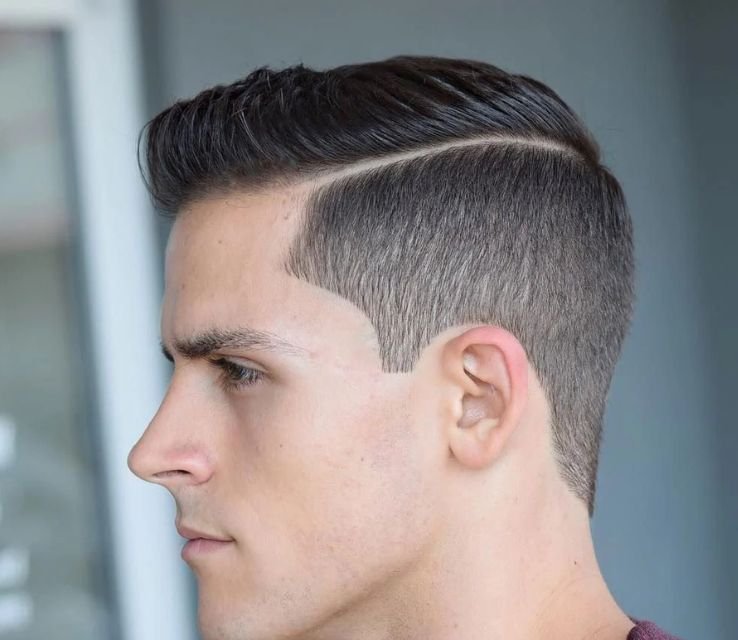
You prefer a subtle fade or a more pronounced transition, the taper haircut allows for creative expression through styling products and techniques. It offers an effortless way to manage volume and thickness, making it particularly appealing for those with thick or curly hair.
Embracing this haircut, you’re not just opting for a trend; you’re choosing a timeless style that can evolve with you.
Key Features of the Taper
Versatile Style Options
The taper haircut offers an array of styling possibilities, making it suitable for various hair types and lengths. Whether you prefer a subtle fade or a more dramatic gradient, this cut can be tailored to your personal style, allowing for creative expression without compromising on professionalism.
Easy Maintenance
One of the standout features of the taper haircut is its low-maintenance nature. Unlike other styles that require constant upkeep, a taper can grow out gracefully while still looking polished. This makes it an excellent choice for those with busy lifestyles who want to maintain a sharp appearance with minimal effort.
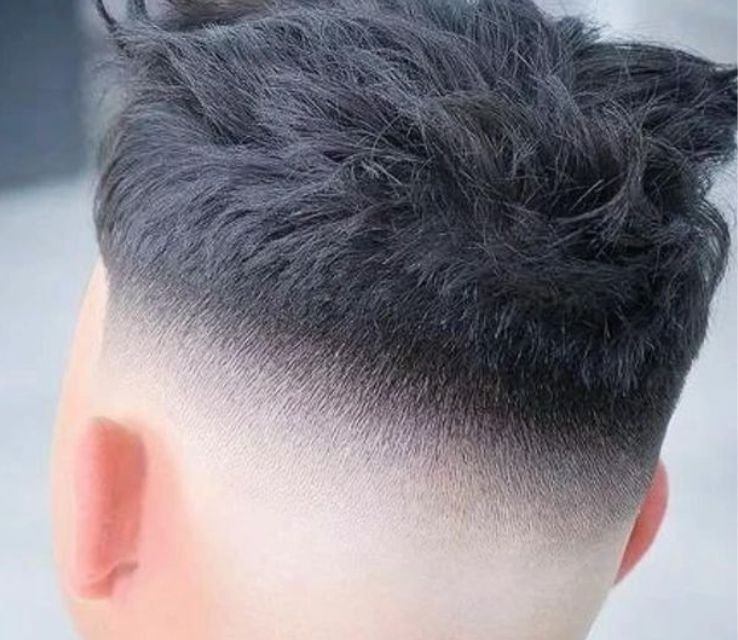
Face Framing Appeal
The taper haircut naturally frames the face, enhancing your facial features and providing a balanced look. By adjusting the length and angle of the taper, barbers can accentuate cheekbones, jawlines, and even eye shapes, creating a custom fit that complements individual characteristics.
Timeless Trend
While trends in hairstyling come and go, the taper remains a classic choice that transcends generations. Its adaptability across various cultures and fashion movements solidifies its status as a perennial favorite, ensuring that it never goes out of style. This timelessness makes the taper haircut not just a fleeting trend but a lasting investment in your appearance.
What Is A Fade?
A Fade haircut is more than just a style; it’s a transformative experience that highlights the artistry of hairdressing.
Characterized by its seamless transition from short to longer hair, a fade can be tailored to suit any face shape and hair type. The beauty of a fade lies in its versatility whether you opt for a low, mid, or high fade, each choice offers a unique aesthetic that can elevate your overall look.
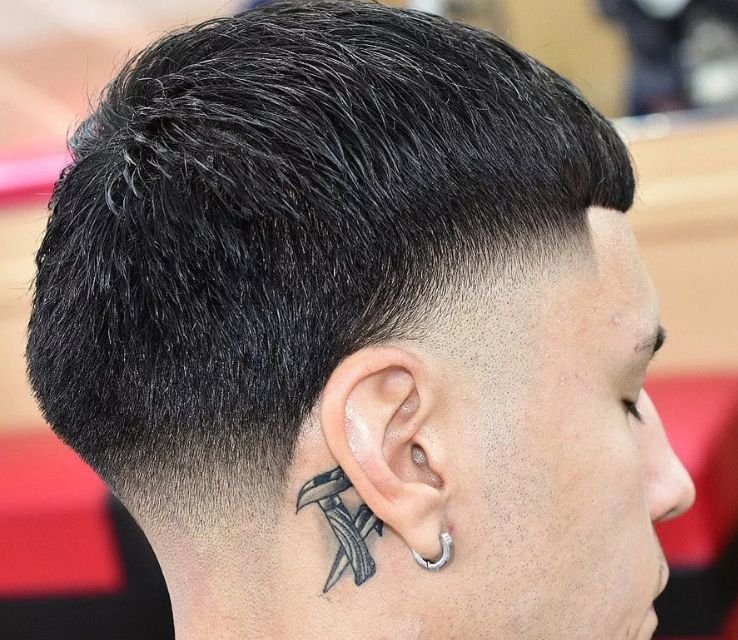
What truly sets the fade apart is its ability to blend tradition with modern trends. From classic military cuts to contemporary urban styles, fades have evolved to incorporate intricate designs and textures, allowing wearers to express their individuality.
The fade serves as a foundation for various hairstyles, such as pompadours or quiffs, making it an essential element in the world of men’s grooming. As more people embrace this timeless yet trendy cut, it continues to redefine masculinity and personal style in exciting ways.
Key Features of the Fade
The Fade haircut stands out for its seamless blend of length and texture, creating a striking contrast that can be tailored to any personal style. One of its key features is the gradient effect, where hair gradually transitions from short to longer lengths.
This not only enhances the overall aesthetic but also allows for versatility in styling, making it suitable for both formal and casual occasions.
The Fade is its adaptability; it can be combined with various styles such as pompadours, quiffs, or even textured crops, ensuring that each fade is unique to the wearer. The fade can be customized in terms of height from low fades that offer a subtle change to high fades that create a bold statement catering to different face shapes and preferences.
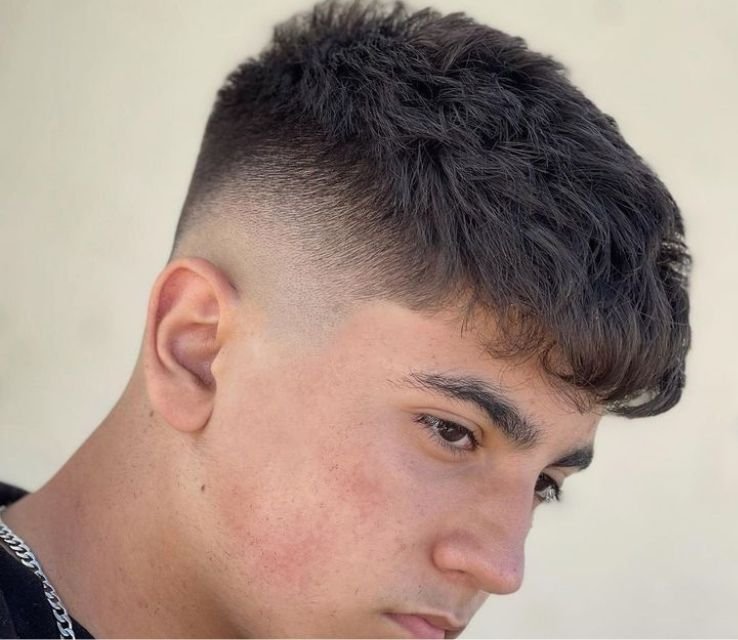
This haircut also promotes easy maintenance, as the shorter sides require less frequent trimming while the top can be styled to reflect individual personality.
The Fade haircut has become a canvas for creativity with added elements like designs or patterns shaved into the fade itself, allowing individuals to express their uniqueness in a modern way.
This artistic approach transforms a traditional haircut into a form of personal branding, making it not just a style choice but a statement of identity.
What’s The Difference Between A Taper and Fade?
A taper and a fade may seem similar at first glance, but they offer distinct styles that cater to different aesthetics and hair types.
A taper involves gradually shortening the hair length from the top down to the sides and back, creating a clean, subtle transition that maintains some length on top. This style is ideal for those who prefer a more understated look, allowing for versatility in styling while keeping the edges neat.
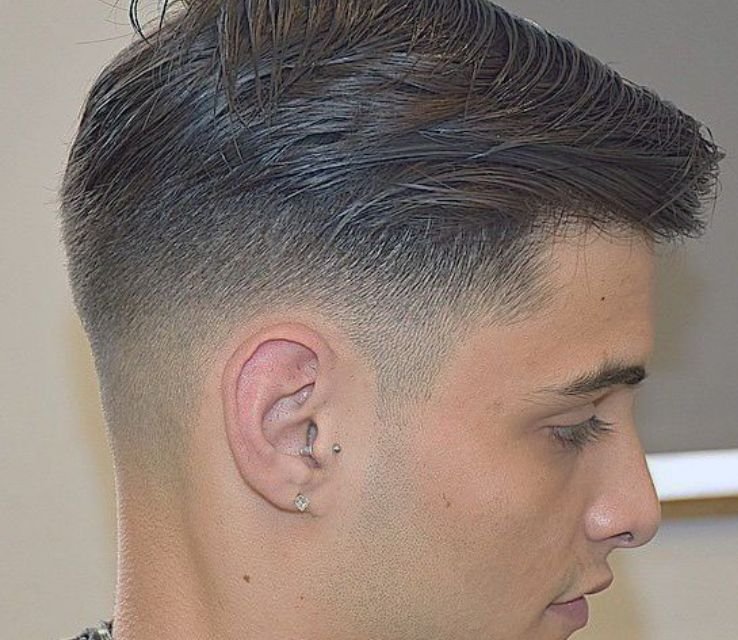
The gradual decrease in length gives a polished appearance without the drastic contrast often found in fades.
A fade typically features a sharper transition between lengths, often blending the hair into the skin on the sides and back. Fades can vary in intensity from low fades that start closer to the ear to high fades that begin near the crown allowing for bold statements or softer looks depending on personal preference.
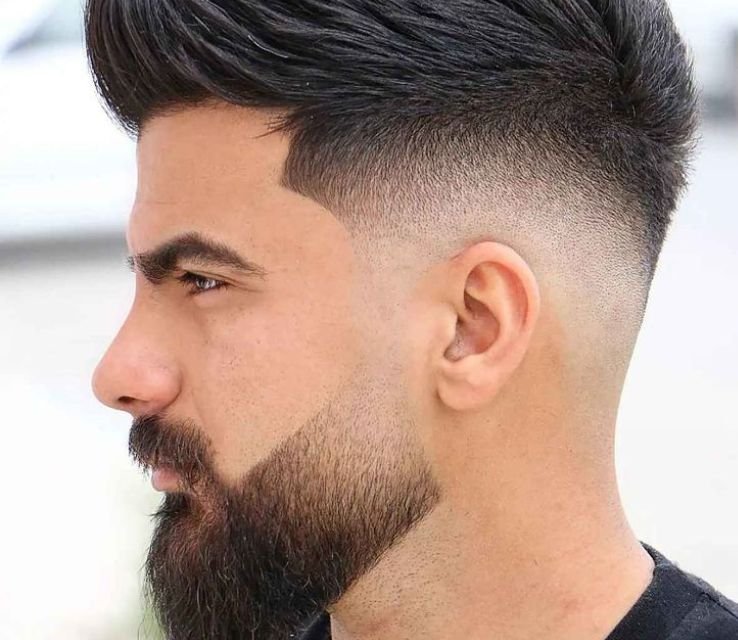
This technique emphasizes the play of light and shadow, enhancing the overall shape of the haircut and drawing attention to the top styling. For those looking to express individuality, a fade can serve as a canvas for intricate designs or patterns, making it a popular choice among trendsetters and creatives alike.
Types of Tapers and Fades
When it comes to tapers and fades, understanding the nuances can elevate your hairstyle game significantly. Tapers are often understated yet versatile, involving a gradual shortening of hair from the top down to the sides and back.
This style can range from subtle to bold, allowing for a personal touch that suits various face shapes and hair types.
A low taper starts just above the ears, offering a conservative look, while a high taper begins higher up on the head, making a bolder statement that draws attention to facial features.
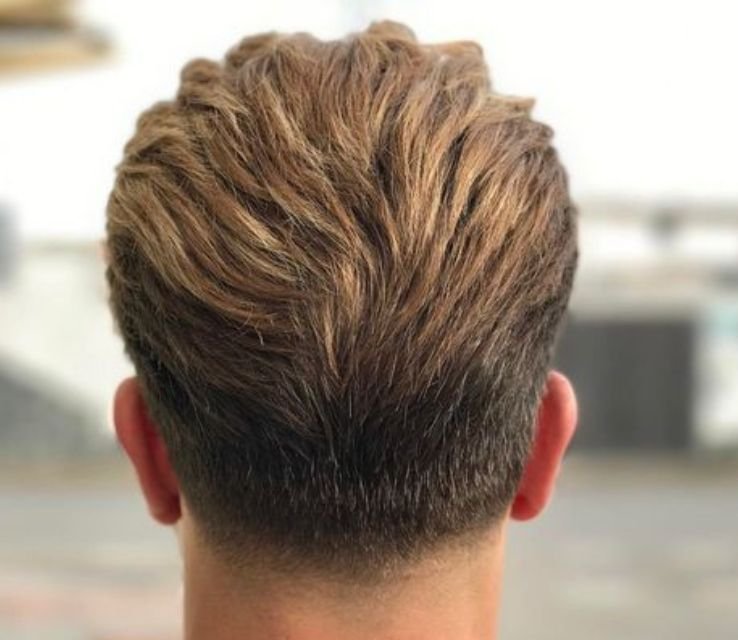
Fades, on the other hand, add a dynamic flair with their seamless blend from longer hair on top to very short or shaved sides. The classic fade has evolved into numerous variations, such as the skin fade, which takes it down to the scalp for an ultra-clean finish, or the burst fade that creates a circular shape around the ear.
Each type offers an opportunity for creativity; for instance, combining a fade with textured tops or intricate designs can result in a striking look that stands out.
Embracing these styles not only showcases personal expression but also reflects current trends in hairstyling, making them timeless choices for anyone looking to redefine their appearance.
How To Choose Between A Taper and Fade Haircut
Factor Your Hair Type and Texture
When deciding between a taper and a fade haircut, understanding your hair type and texture is crucial. For those with straight or fine hair, a taper can create a sleek and polished look, allowing the natural shine and movement of your locks to take center stage.
The gradual transition from longer to shorter hair in a taper can enhance the overall silhouette, providing a refined finish that complements the finer strands. On the other hand, if you have thick or curly hair, a fade might be more flattering.
The shorter sides of a fade can help manage volume and reduce bulk, while still showcasing the natural texture on top.
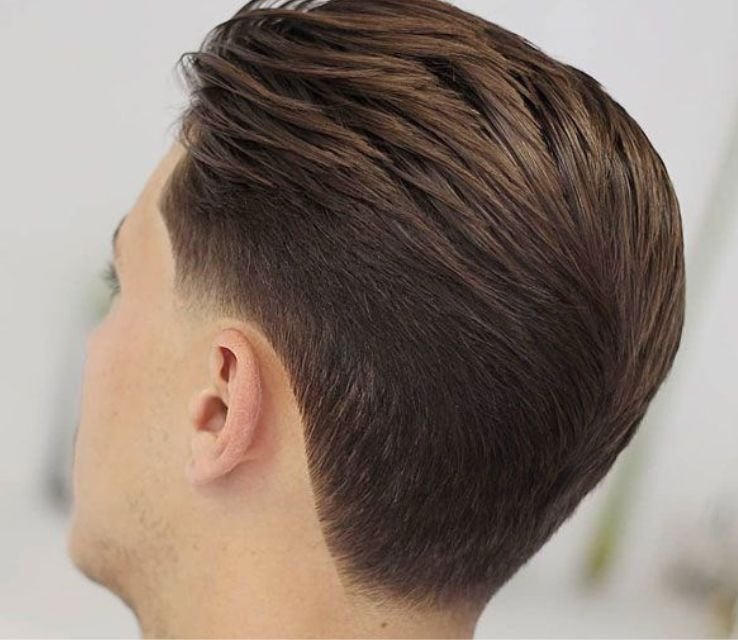
How your hair responds to different styling products. If you prefer a more defined look, a fade may give you the edge you seek, allowing for easier styling with pomades or waxes that enhance curls or waves.
If you lean towards a more casual, tousled appearance, a taper offers versatility without demanding excessive maintenance. The right cut hinges not only on aesthetics but also on how well it aligns with your lifestyle and grooming preferences.
Tailoring your choice to your unique hair characteristics ensures you’ll not only look great but feel confident in your style every day.
Contrast and Hairstyle
When deciding between a taper and a fade haircut, consider the level of maintenance you’re willing to commit to. A taper gradually shortens the hair from the top down to the sides and back, offering a clean yet subtle transition that can work well for professional settings.
It’s versatile enough to be styled for formal occasions or casual outings, making it a great choice for those who prefer a polished look without extensive upkeep.
A fade takes it up a notch with a more dramatic contrast between lengths, often blending the hair seamlessly into the skin at the sides and back. This bold statement can highlight facial features and draw attention to your hairstyle.
Fades require regular trims to maintain their sharpness, they also allow for creative expressions think designs or patterns shaved into the fade.
Time and Money For Maintenance
When deciding between a taper and a fade haircut, maintenance plays a crucial role in your choice. A taper generally requires less frequent trips to the barber, as the gradual shortening of hair from the top down allows for more time between cuts before it starts to look unruly.
This can be particularly appealing for those with busy lifestyles or limited budgets, as a taper can maintain its shape longer without needing constant upkeep.
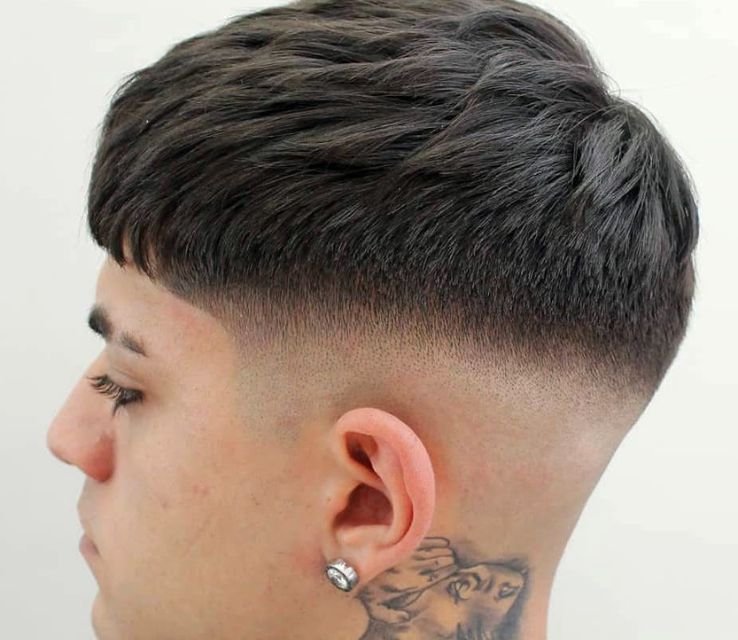
A fade is sharper and more defined, which means it demands regular maintenance to keep that clean, polished look. The stark contrast between the lengths can quickly grow out, making the edges appear messy if not attended to regularly.
For individuals who enjoy experimenting with different styles or have the time and resources for frequent visits to the salon, a fade can be a fantastic way to express personal style.
Taper vs Fade Haircuts
When it comes to choosing between a taper and a fade haircut, understanding the nuances can elevate your style game significantly. A taper is characterized by a gradual shortening of hair from the top down to the sides and back, allowing for a more subtle transition that blends seamlessly with longer styles.
This makes it an excellent choice for those who prefer a classic look while still maintaining some length on top. It’s versatile enough to accommodate various hair types and lengths, making it a popular option among professionals and casual wearers alike.
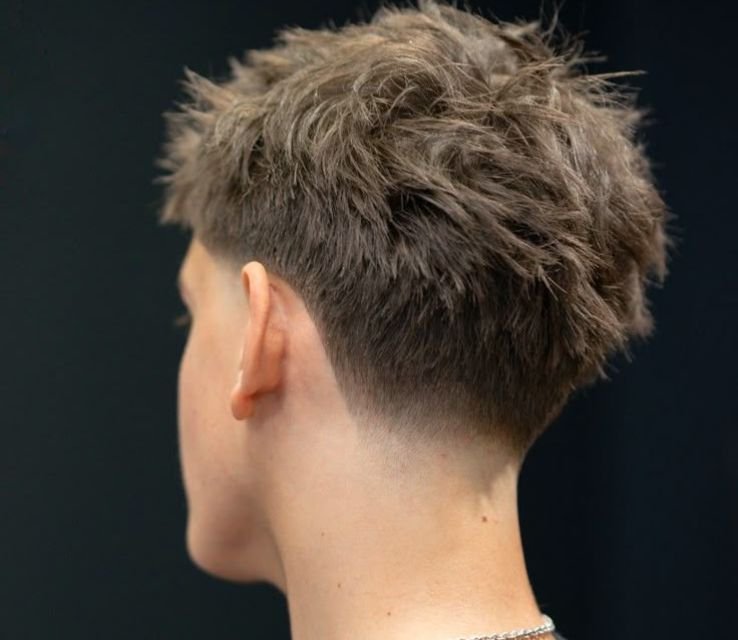
The fade haircut takes boldness to another level. With its sharp contrast between long hair on top and closely cropped sides, a fade can create a striking visual impact. There are numerous variations, from low fades that start just above the ears to high fades that approach the crown of the head, allowing for personal expression.
Fades can be integrated with different styles think pompadours or textured crops making them a dynamic choice for those looking to stand out. You opt for a taper’s understated elegance or the audacious flair of a fade, both styles offer unique opportunities to showcase your personality and enhance your overall look.
How To Build Loyal Clientele As A Barber
Building a loyal clientele as a barber goes beyond just providing a great haircut; it’s about creating an experience that keeps clients coming back. One effective strategy is to personalize your service. Remembering small details like a client’s favorite style or even their birthday can make a world of difference.
Sending personalized messages or offering special discounts during their birthday month. This approach not only fosters a sense of belonging but also reinforces the idea that you value them as individuals, not just customers.
Key aspect is to cultivate a community around your barbershop. Host events such as grooming workshops, product launches, or even local art showcases to engage your clientele and attract new faces.
Conclusion
In conclusion, both taper and fade haircuts offer unique styles that cater to different preferences and looks for men. A taper haircut provides a more subtle and classic approach, gradually shortening the hair from the top down to the sides, which can be ideal for professional settings or a polished appearance. A fade haircut presents a bolder option, creating a seamless transition between lengths and often featuring a more dramatic contrast. Understanding the nuances of each style can help you make an informed choice that reflects your personality and lifestyle. Whether you choose a taper or a fade, embrace your new look with confidence.

